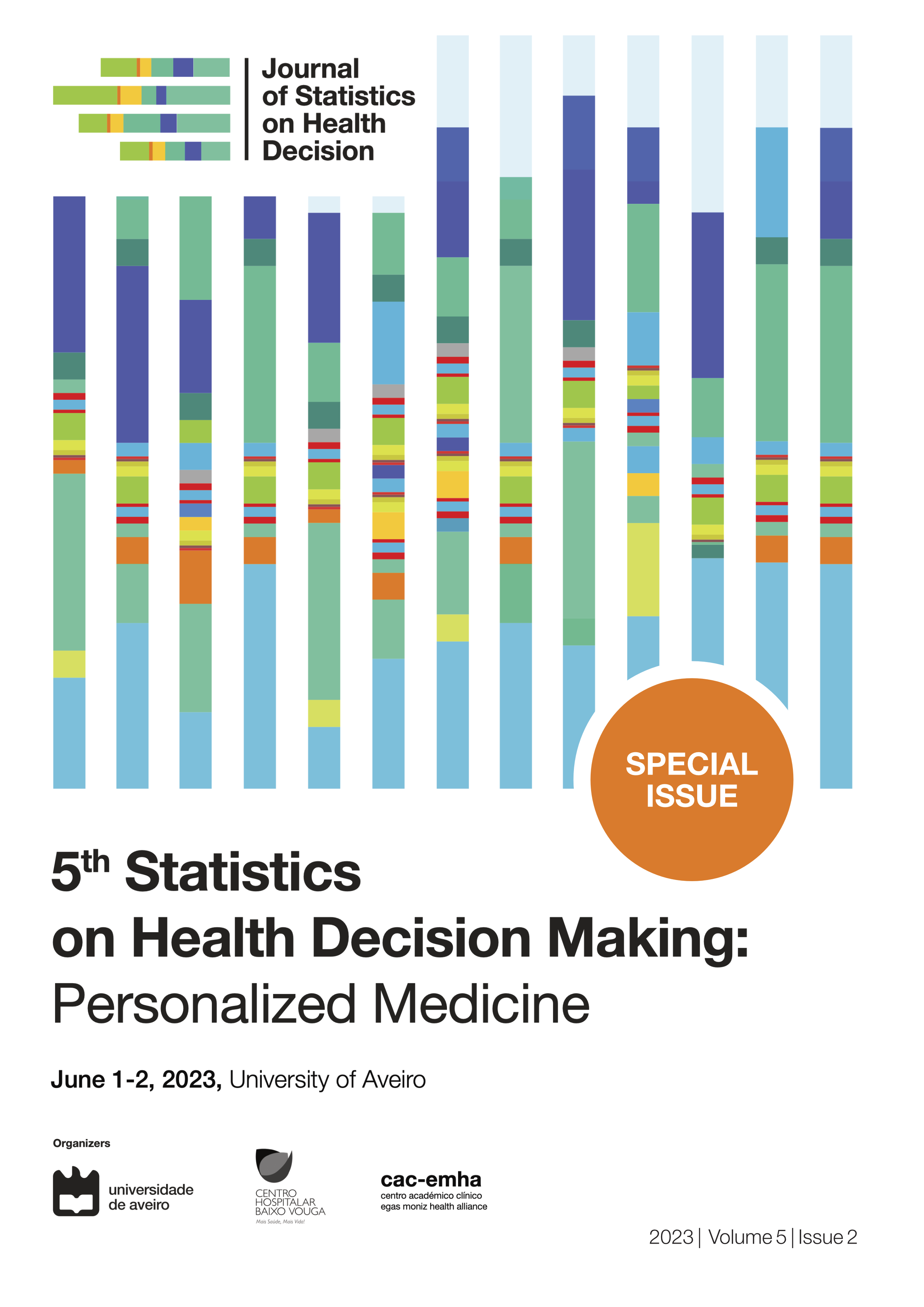Self-perceived functioning in relation to existing symptoms 12 months after SARS-COV-2 infection in workers of an industrial facility in Aveiro Region – an observational study.
Functioning in relation to symptoms 12 months after SARS-COV-2 infection.
Abstract
Background/Objective: Most individuals recover after acute SARS-CoV-2 infection, but some may suffer persistent symptoms with potential medium and long-term consequences. The present study aims to analyze self-perceived functioning concerning existing symptoms 12 months after SARS-CoV-2 infection in workers of an industrial facility in the Aveiro Region.
Methods: Observational study, including workers with a positive SARS-CoV-2 RT-PCR/TRAg test. After 12 months of the infection, the occupational health team collected information on sociodemographic variables, manifested symptoms, and perceived functioning assessed using the WHODAS-2.0–12 items - where '12 points' means the highest functioning. Data analysis included descriptive statistics and univariate and multivariate linear regression.
Results: Eighty-five workers were infected with SARS-CoV-2, 77.7% were male, with a mean age of 36y1m±9y8m, 36.8% have a higher education level and 17.7% reported at least one chronic condition. Thirty workers (35.3%) reported persistent symptoms, with fatigue (27.7%) and arthralgia (14.4%) being the most described. Whodas 2.0 mean score was 15,7±5,0, and items most frequently reported as presenting limitations were difficulties in working (43.5%), concentrating (35.3%), and walking one kilometer (35.3%). Self-perceived functioning depended on educational level (β=-2.37, CI95% -4.53 ; -0.21) or the existence of a chronic illness (β=3.53, CI95% 0.81 ; 6.24), and the level of functioning is associated with the persistence of symptoms of fatigue (β=4.02, CI95% 1.75 ; 6.29), headache (β=4.13, CI95% 0.84 ; 7.42), and myalgia (β=3.30, CI95% 0.14 ; 6.45).
Conclusions: Persistent symptoms 12 months after symptomatic SARS-CoV-2 infection have an influence on self-perceived functioning. Occupational health services should regularly address the assessment of persistent symptoms of SARS-CoV-2 infection to prevent possible impacts on daily activities and participation.
Copyright (c) 2023 Ana Rita Pádua, José Joaquim Alvarelhão, Marco Gama, João Conde

This work is licensed under a Creative Commons Attribution 4.0 International License.
When submitting an article to the Journal of Statistics on Health Decision (JSHD), authors certify the following clauses:
- Originality and single submission – The contents presented in the article have not been published previously in whole or in part, and were not submitted or are not under active consideration elsewhere prior JSHD decision. The article is authentic and does not contain plagiarism.
- Authorship – All authors reviewed the article, agreed with its content, and agreed to its submission to the JSHD. All the authorship criteria stated by The International Committee of Medical Journal Editors Guidelines were met.
- Conflicts of interest – Any conflict of interests were declared. If authors have no declaration, it should be written (in the acknowledgements section): “The authors declare no conflict of interests”.
- Ethics committee and informed consent (if applicable) – The current research was approved by an independent ethics committee and subjects gave their informed consent before they were enrolled in the study.
- And authors agree to the Open Access license agreement of the Journal of Statistics on Health Decision, stated bellow.








